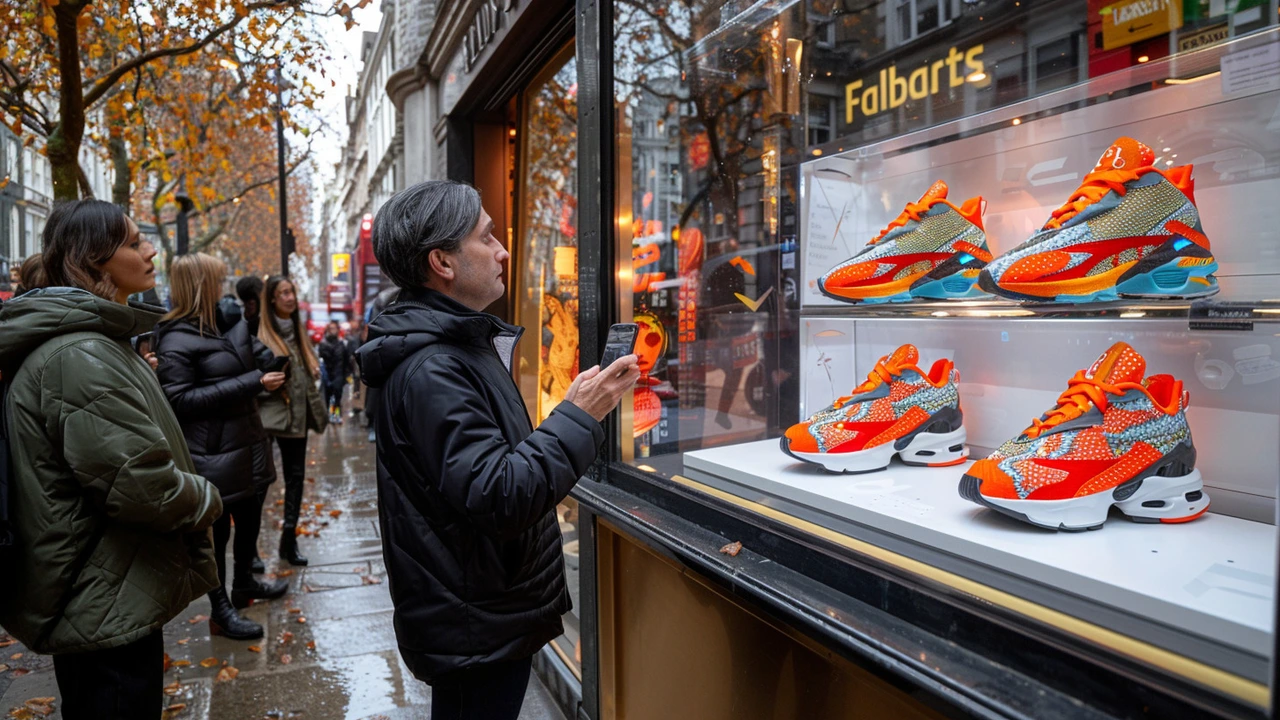Modern Advertising: Use Art Movements to Make Ads That Stick
Most brands treat ads like templates. That’s why so many campaigns blend into a scroll. If you borrow one clear idea from art history, your ads stop being background noise and start creating feelings. This page shows how real art movements give you concrete ways to improve visuals, copy, and experiences right now.
Why art movements matter for modern ads
Art movements are short-hand for mood, belief, and style. Want bold confidence? Use Constructivist shapes and strong type. Want calm and function? Borrow Bauhaus simplicity. Want drama? Baroque lighting tricks work wonders in photography. These moves are fast ways to signal something without extra words.
Art also teaches composition. De Stijl’s grid thinking helps you place products, text, and CTAs so the eye travels exactly where you want. Photorealism shows you how crisp detail sells products—use tight lighting and texture to make items feel touchable. Futurism gives cues for motion and speed, perfect for tech or gaming ads that need to feel ahead of the curve.
Actionable tips you can use today
1) Pick one movement, then copy its rules. Don’t mix too many. If you choose Bauhaus, limit colors, use geometric forms, and let white space breathe. That clarity increases focus on the product.
2) Use lighting like Baroque painters for product shots. Dark backgrounds with a strong, directional highlight add drama and perceived value. Try it with a single LED panel or a snoot on your light source.
3) For posters and social cards, apply Constructivist layout—large type, diagonal tension, and a few bold colors. It catches eyes on busy feeds and reads fast at a glance.
4) Make experiential ads with Land Art or Installation ideas. Place a temporary sculptural piece in a public park or transit hub that invites interaction. People stop, take photos, and you get organic reach.
5) Use Fluxus-style surprises to break routine. A short, unexpected performance in a mall or pop-up that involves the audience creates memorable social content. Keep it simple and shareable.
6) Match genre to audience. Young gamers respond to Futurism-style motion and neon; design-conscious buyers prefer Bauhaus minimalism; heritage brands can use Baroque or Harlem Renaissance cues for warmth and story.
7) Test one visual change at a time. Swap a layout grid, adjust lighting, or change typography. Measure click rates and view time. Small, art-inspired edits often out-perform big budget changes because they change perception quickly.
If you want, I can pull examples from the site—Bauhaus layouts, photorealism product shots, or a Constructivist poster—and show exact ways to rework them into ad assets. Which movement do you want to try first?

